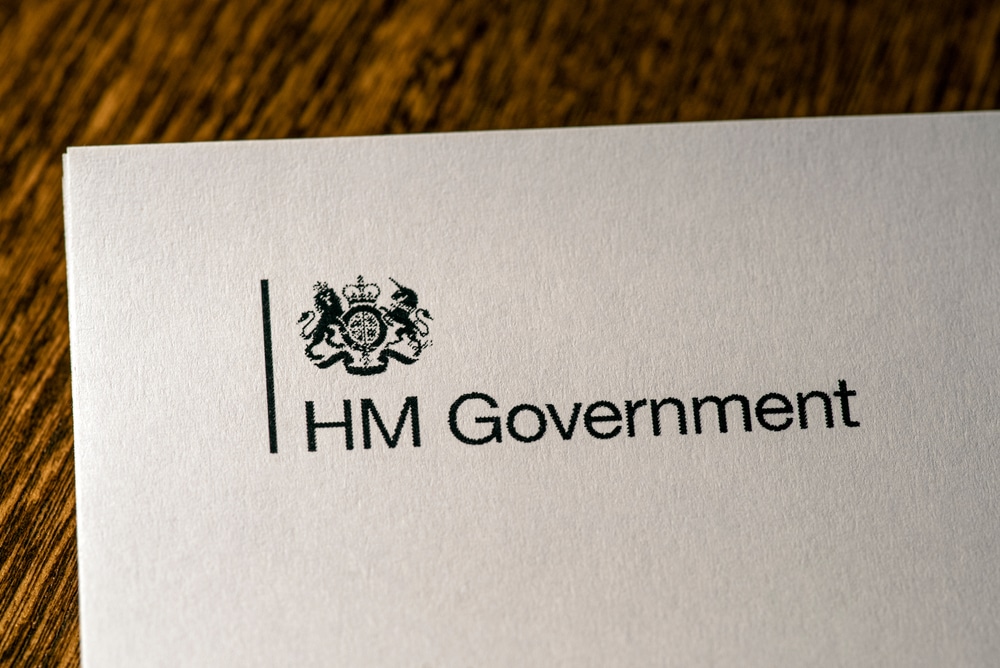
Start-up companies are to be given a share of an £1.85 million UK government fund to help create a better transport system.
It is hoped the initiative will drive growth and innovation in technologies of the future, such as rescue mission drones and sensors to help visually impaired people use transport.
These could be brought to life through a new round of government funding.
As many as 60 projects could be awarded a share of the £1.85 million fund to develop early stage research projects designed to support innovative ideas to create a better transport system.
The programme aims not only to foster innovation to improve transport in the UK, but also to generate growth in the sector.
Previous winners include:
Transport and Decarbonisation Minister Jesse Norman said: “AI rescue drones, magnetic train tech, and sensors to help visually impaired people are just some of the cutting-edge transport projects this programme has already funded.
“We’re determined to support path-breaking R&D across the UK. This new round of funding is designed to find the next top tech projects that will improve transport for millions across the UK.
“By aiming at emerging start-ups and small businesses we can ensure we build a tech base for the future.”
Under the Transport Research and Innovation Grant programme, past winners also include:
Vivacity obtained a grant for their award-winning artificial intelligence camera technology that gathered real-time transport usage data and has now been implemented by Local Authorities including Milton Keynes, Salford and Oxford and was used during the pandemic to monitor social distancing on local transport.
Makesense Technology researching the feasibility of using shape-changing haptic technology, which uses vibrations to give feedback from a device, to guide visually impaired people through transport networks, such as train stations and airports, better enabling independent travel for them.
Lenz Ltd who proved the concept of a novel magnetic rail traction technology, which can improve reliability and safety of rail services under adverse conditions. Their technology improves the connection between the wheels and the rails by using magnetism, which is not impacted by items on the line like ice or leaves.
University of Surrey developing a system that uses artificial Intelligence (AI) to monitor the condition of bridges by listening to how they vibrate. Without needing an inspection team to travel to the site, maintenance can be predictive, more efficient and minimise any potential network downtime.
Unitrove producing a proof-of-concept system for managing hydrogen storage and distribution at ports to help the maritime sector decarbonise shipping.
Snowdonia Aerospace received funding to trial a drone that would circle in the sky to create a 4G/5G network in the sky by grabbing the signal of any network to provide service in areas of poor mobile signal connectivity, which could be used by emergency services to locate missing persons and coordinate with ground personnel.
Since TRIG was launched in 2014, over £10 million in grants have supported almost 300 projects, with the three hundredth set to be awarded in this latest funding round.
Along with industry applicants, TRIG is also open to academic applicants and helps university researchers translate blue-skies research into the real world and create new solutions. This can be a useful way to taking their first steps toward creating a new company and helping the sector grow and create jobs across the UK.
Now in its 16th round of funding, the TRIG programme, delivered in partnership with Connected Places Catapult, brings together talented innovators – mainly start-ups and universities – and policymakers at the earliest stage of innovation to help enhance the UK’s transport system.